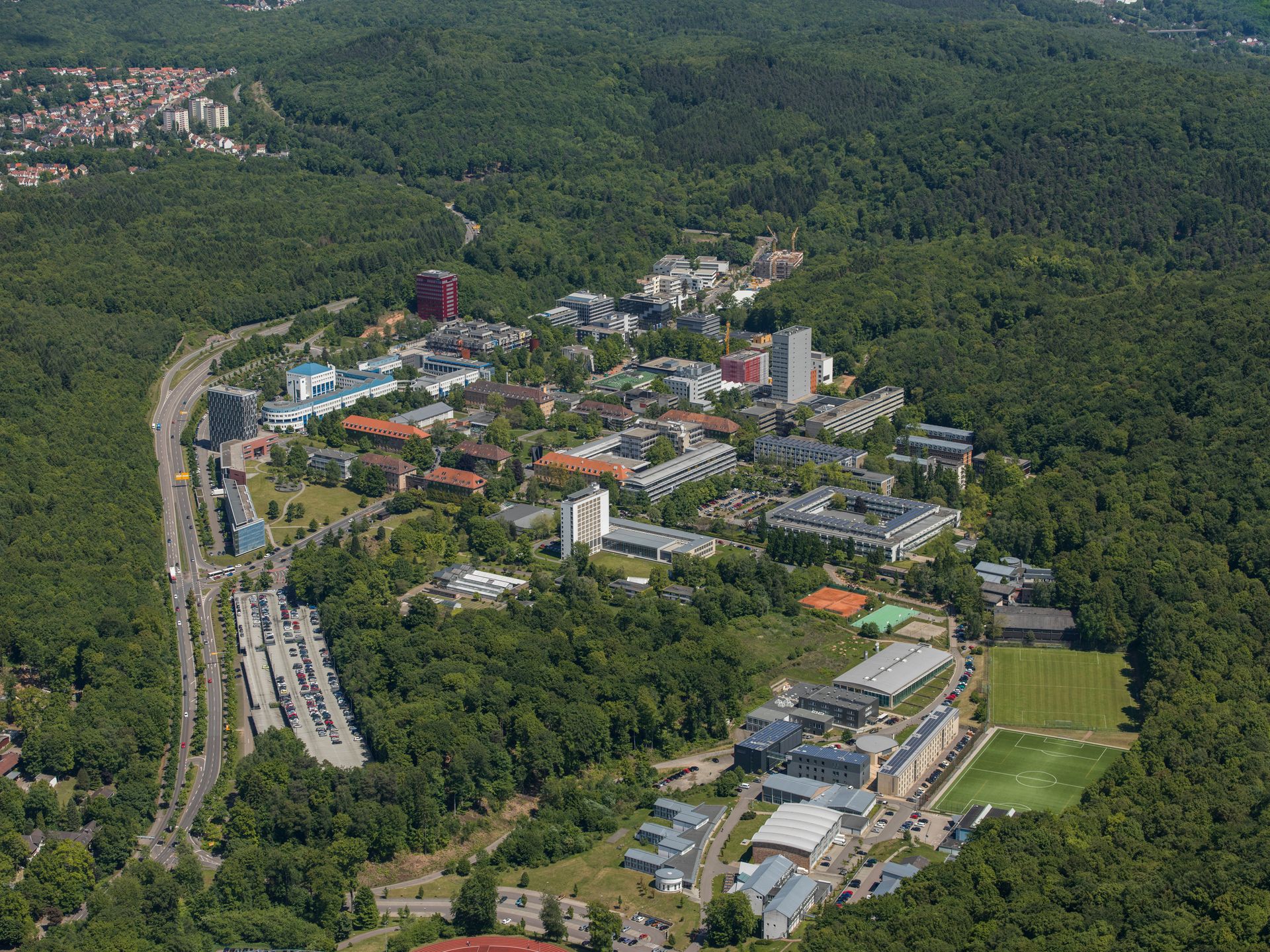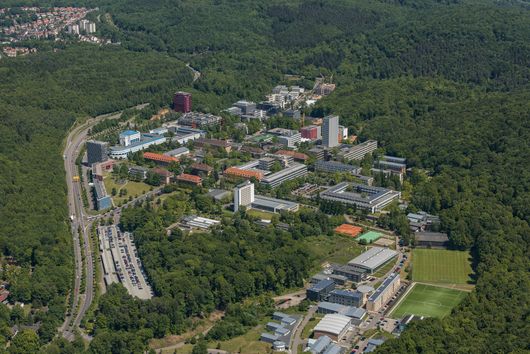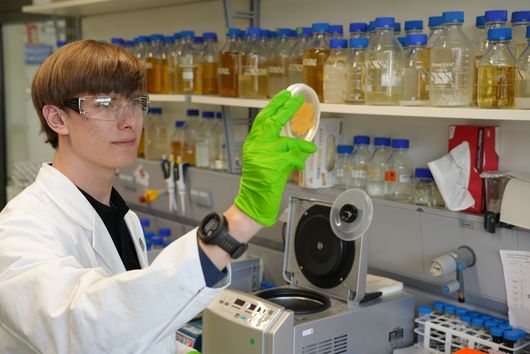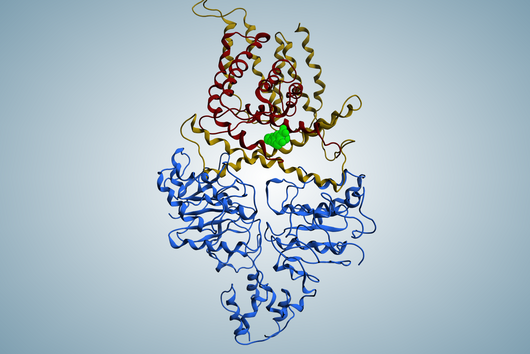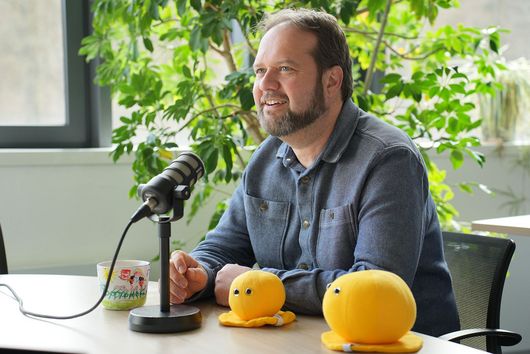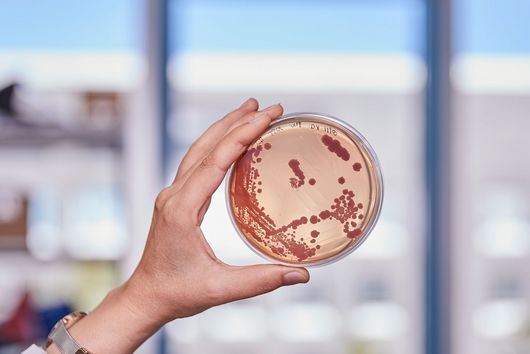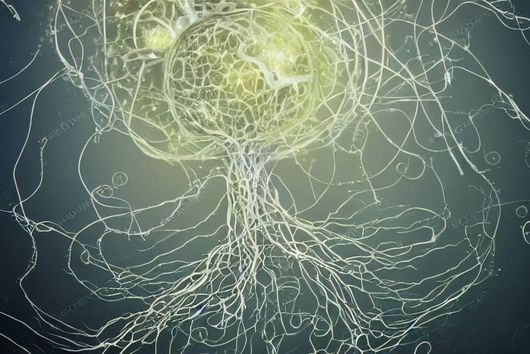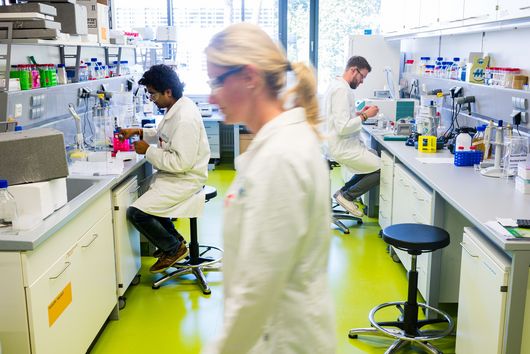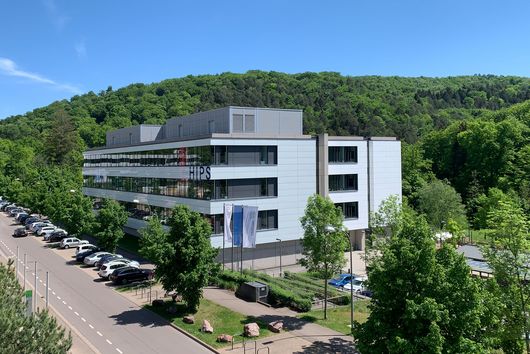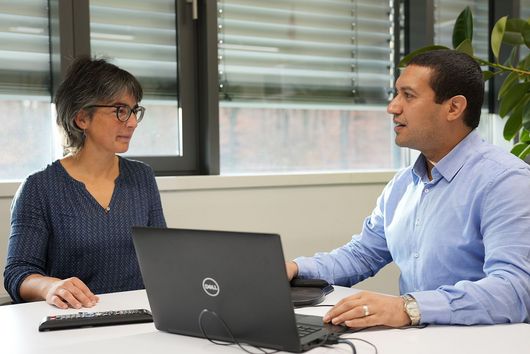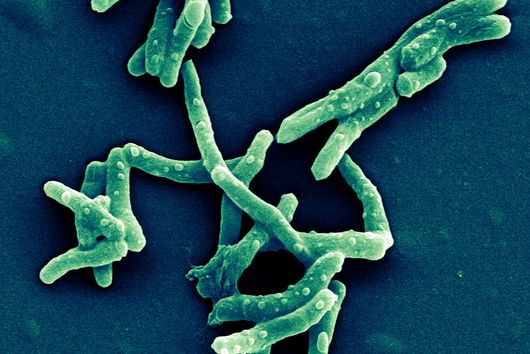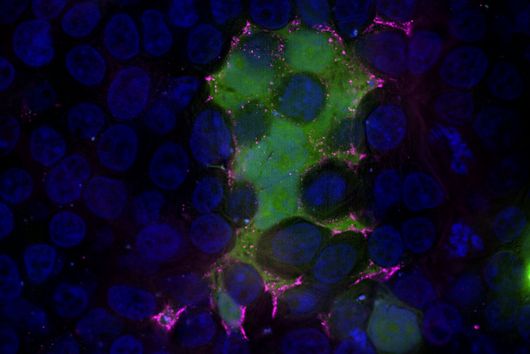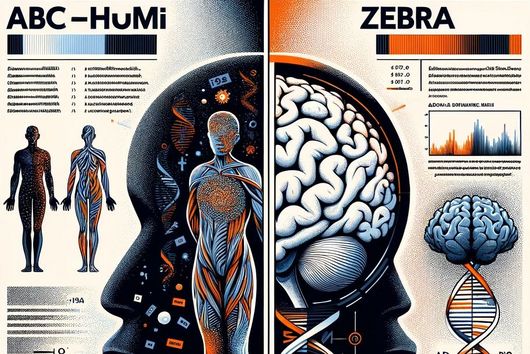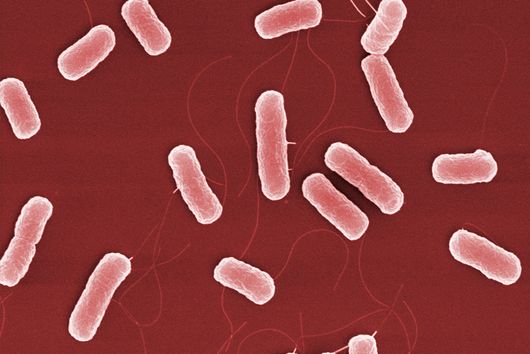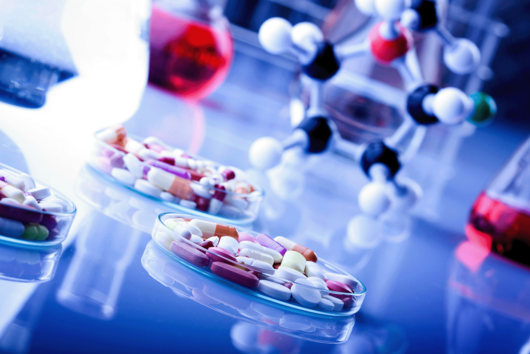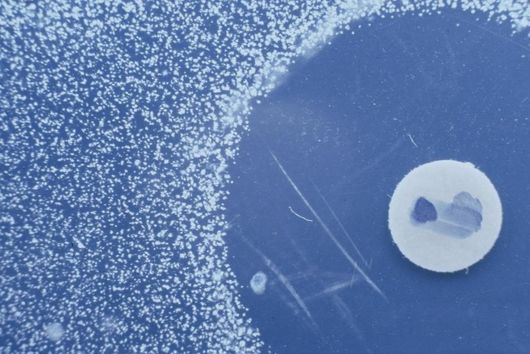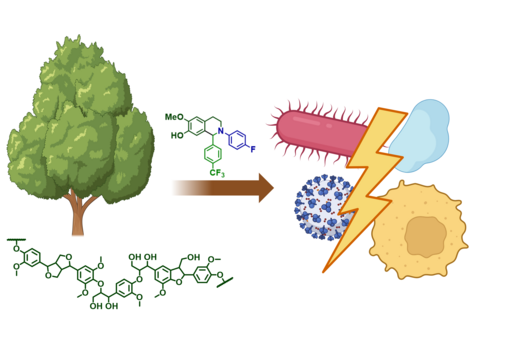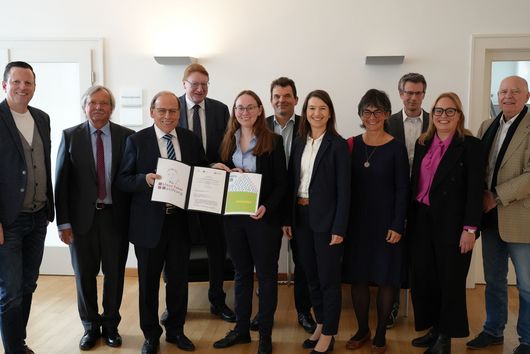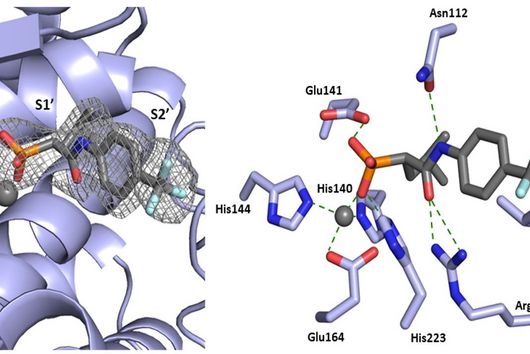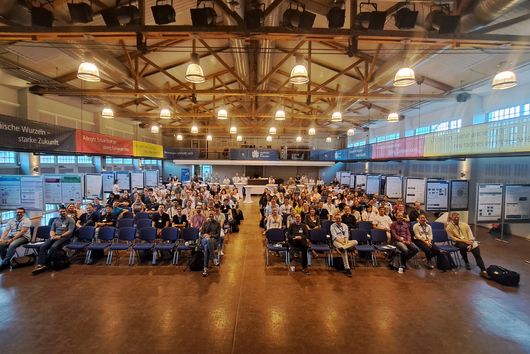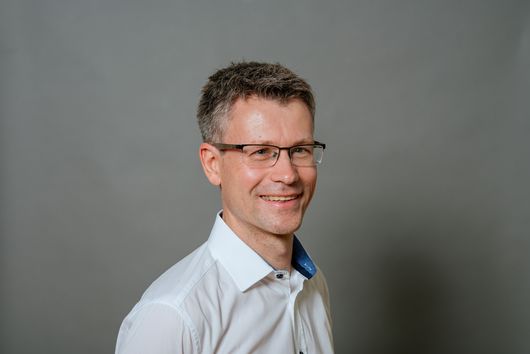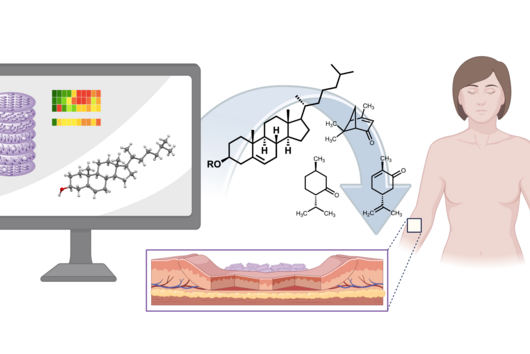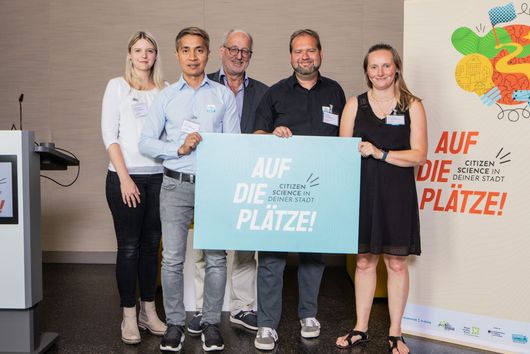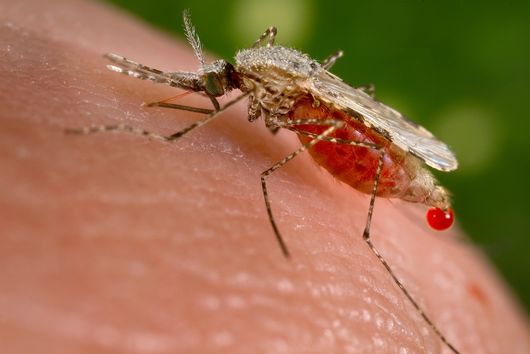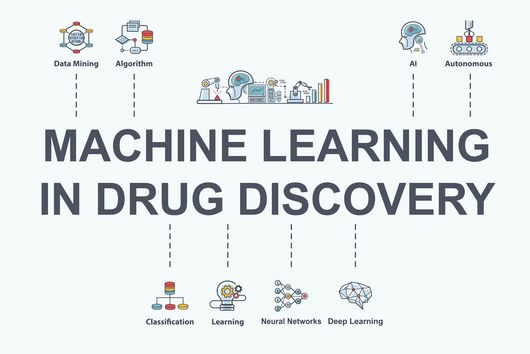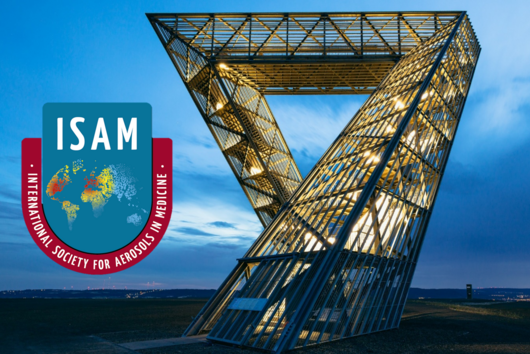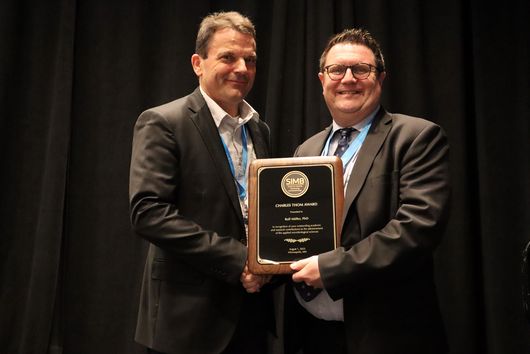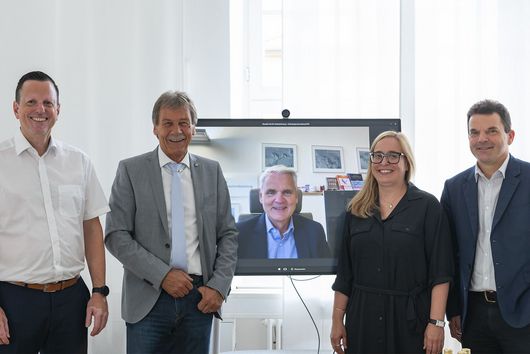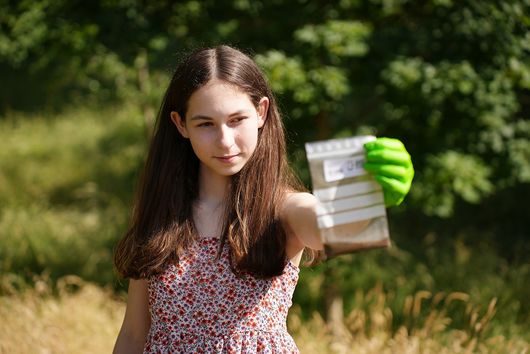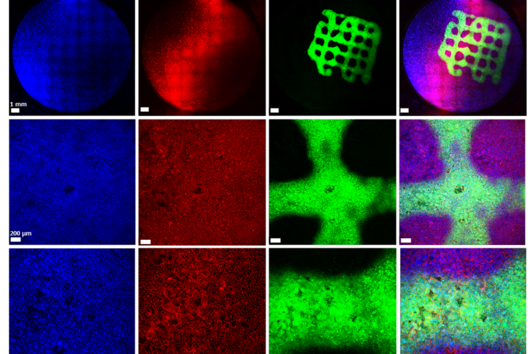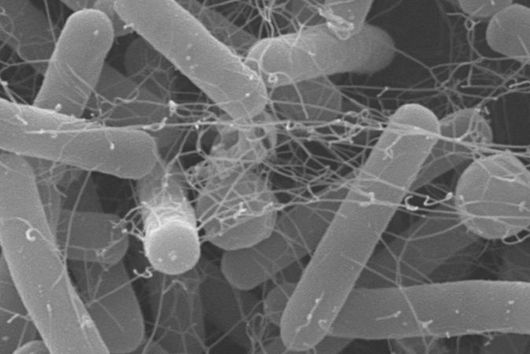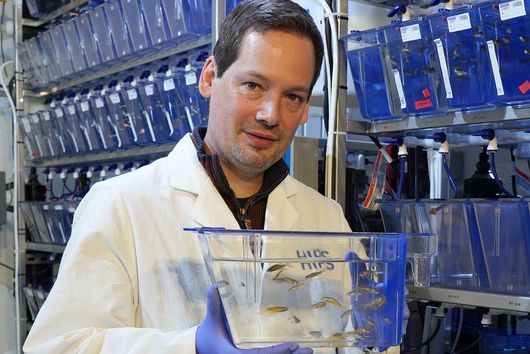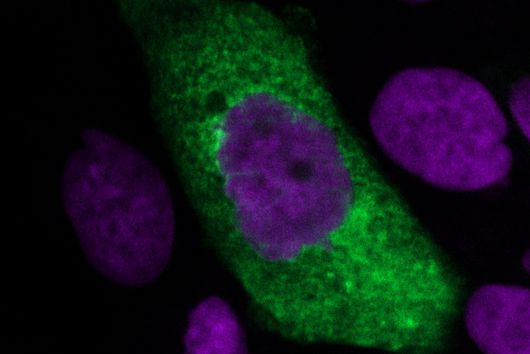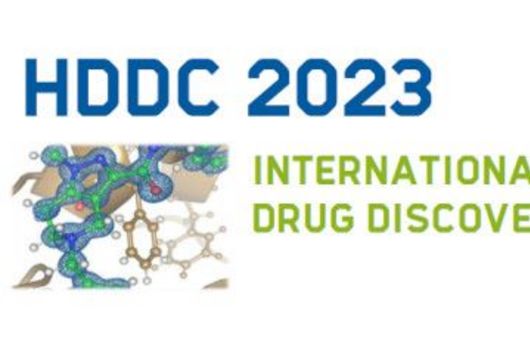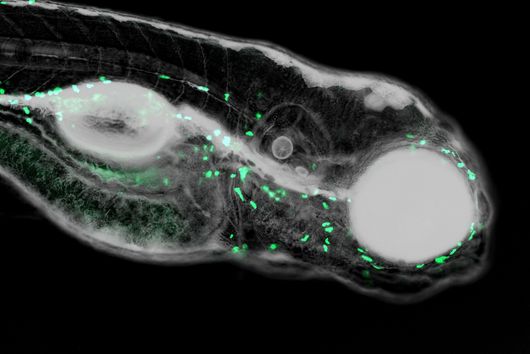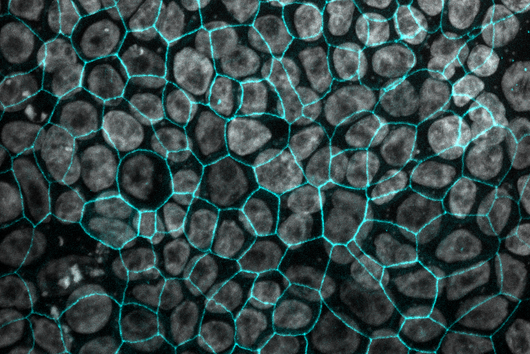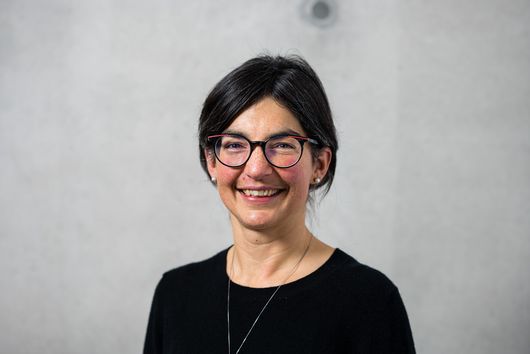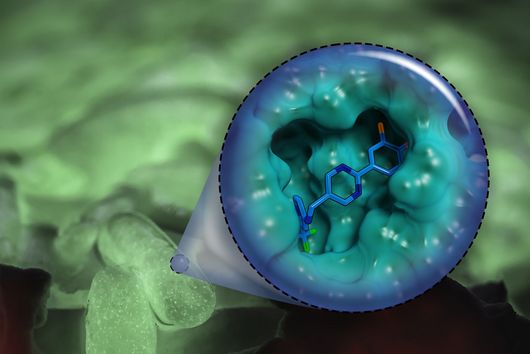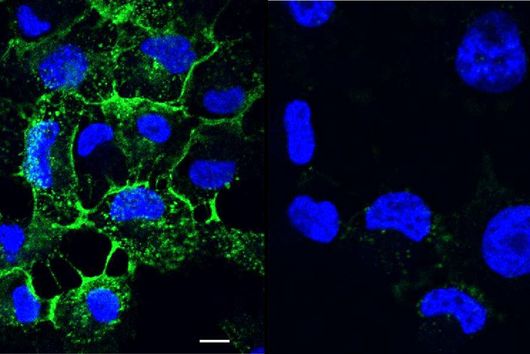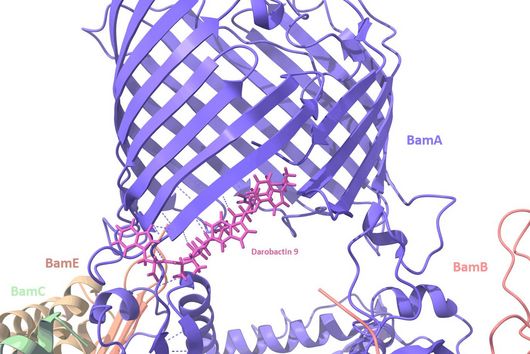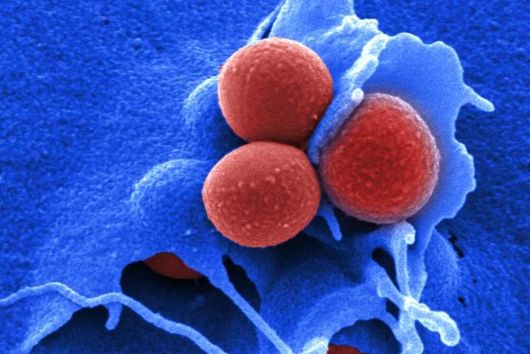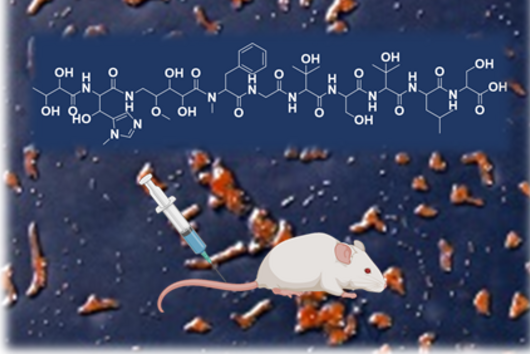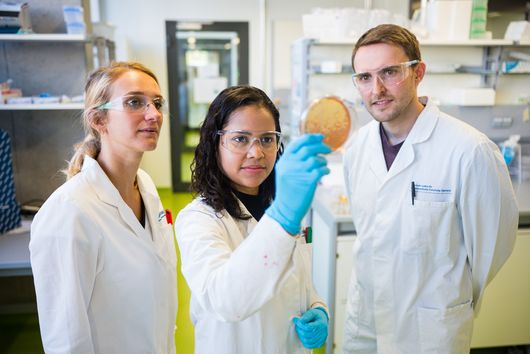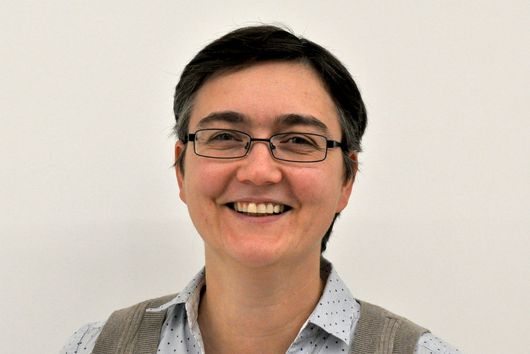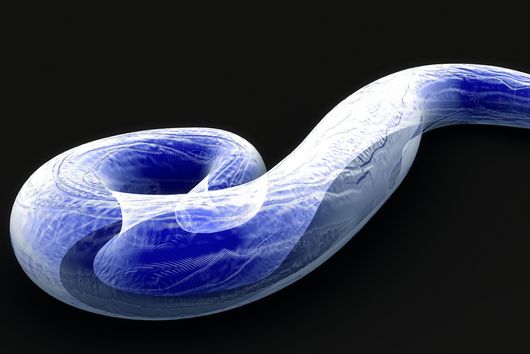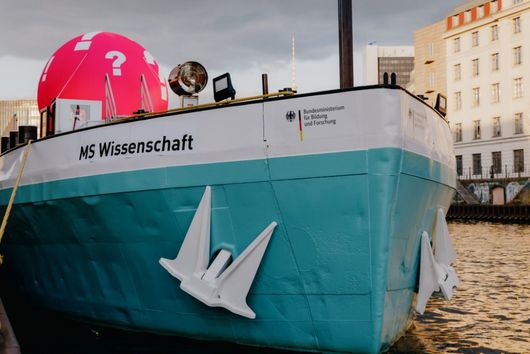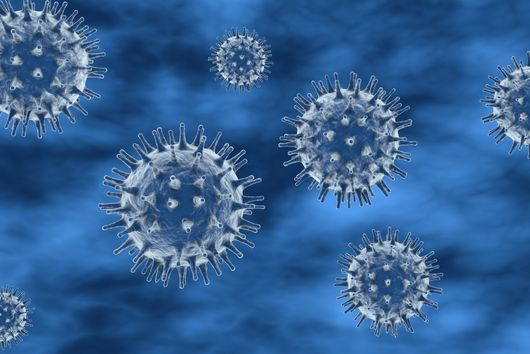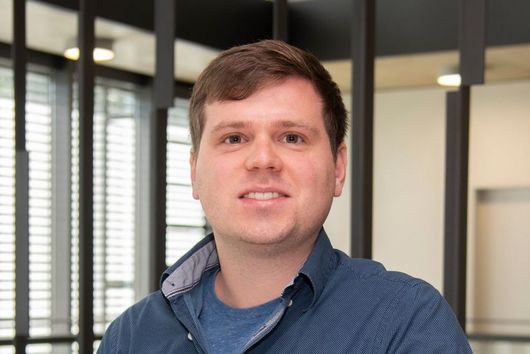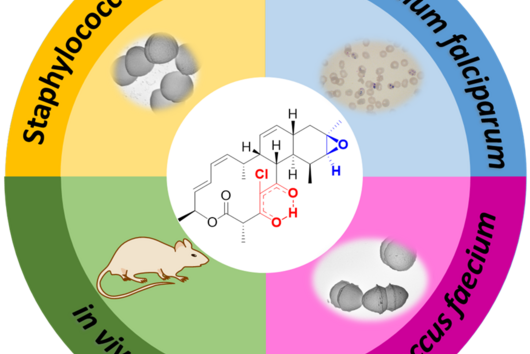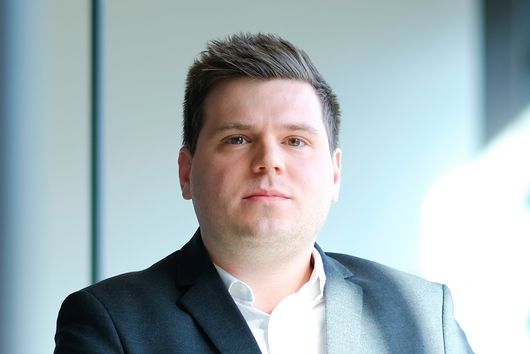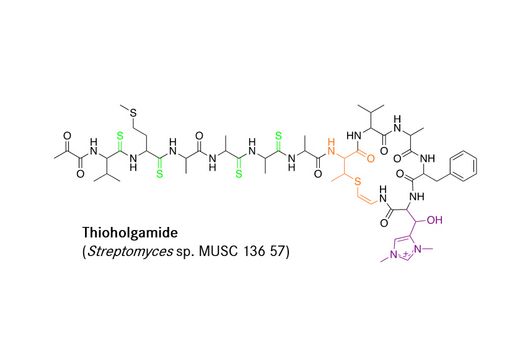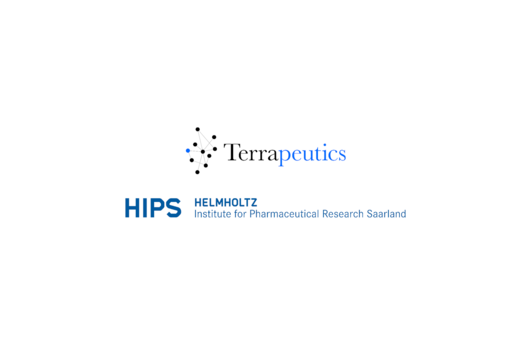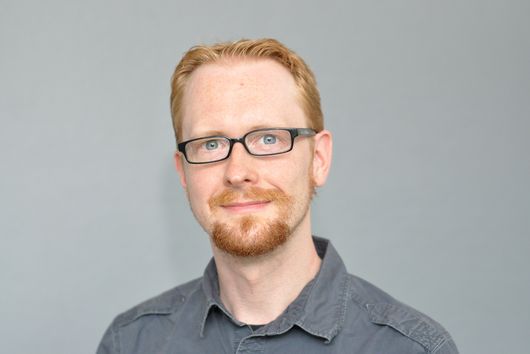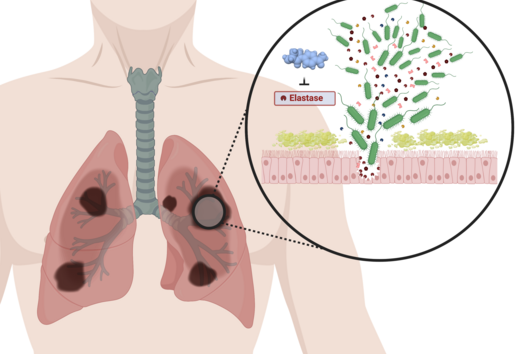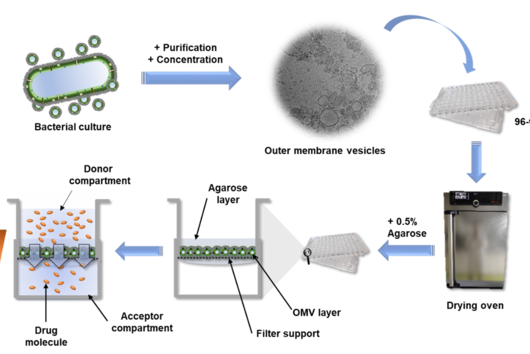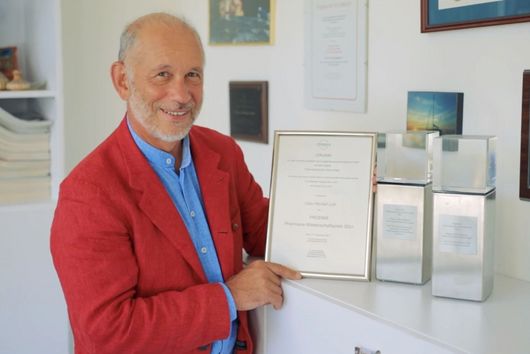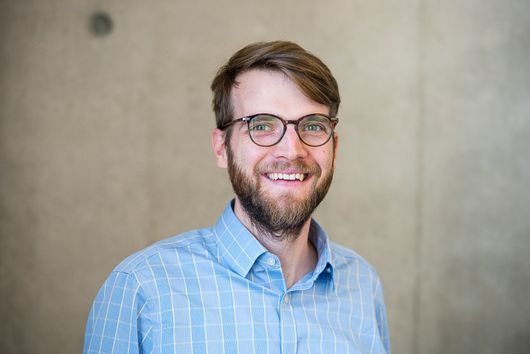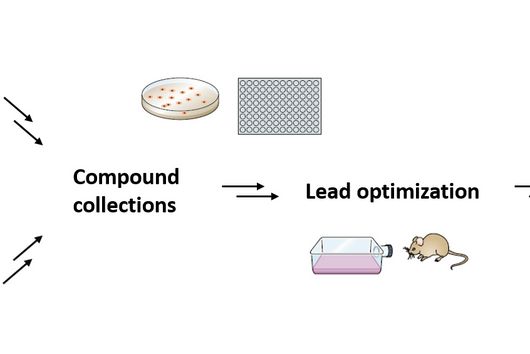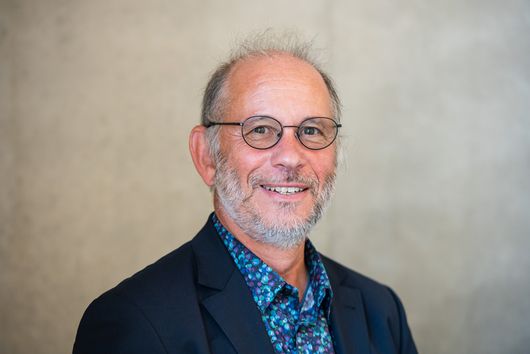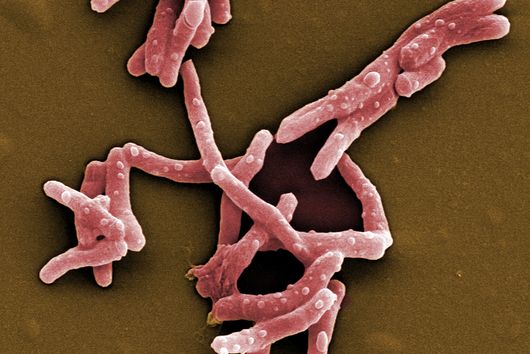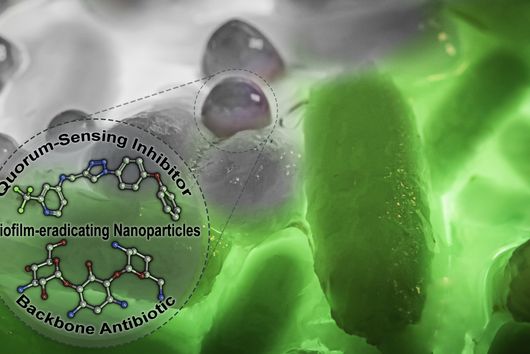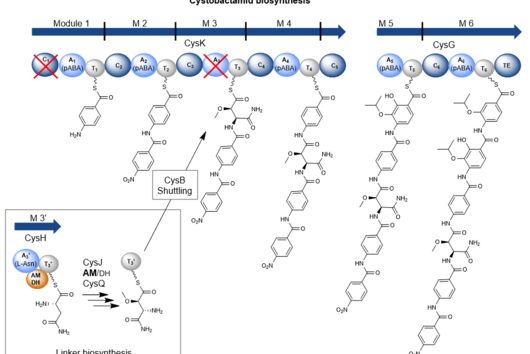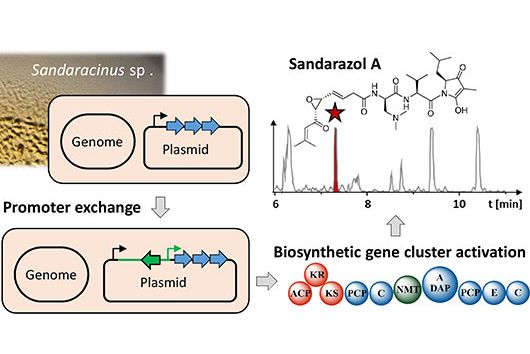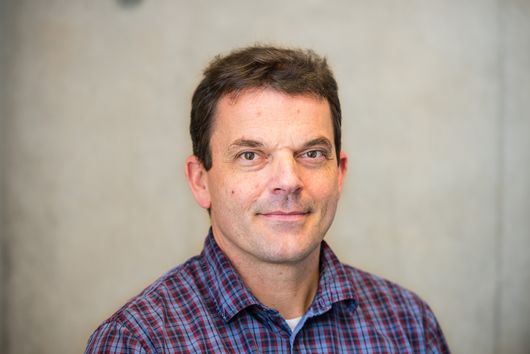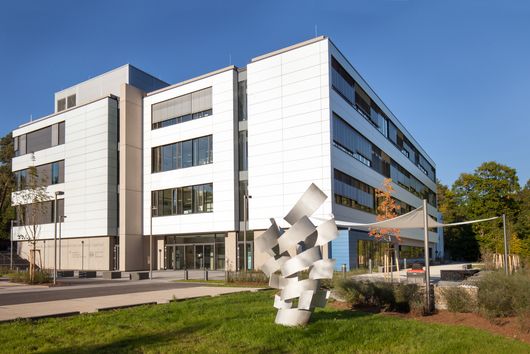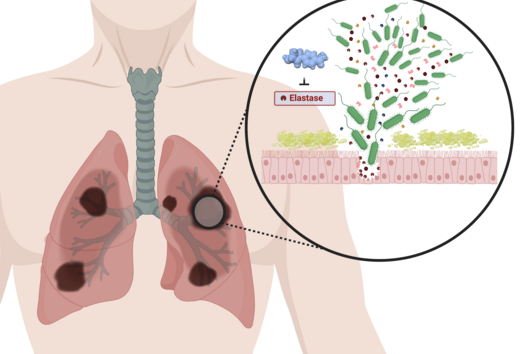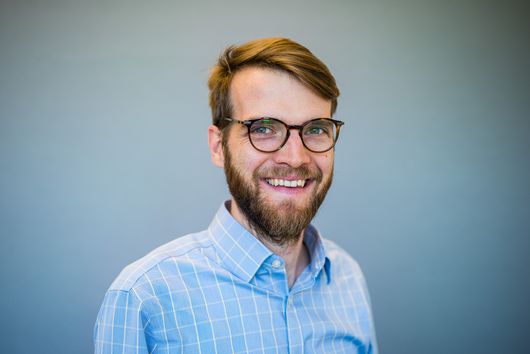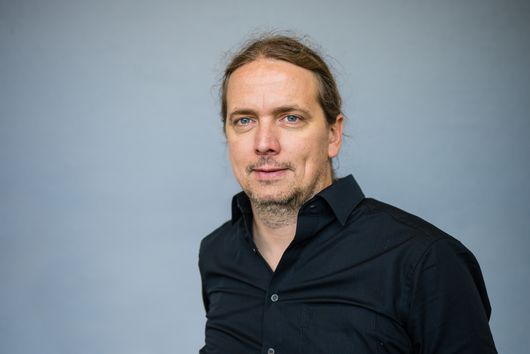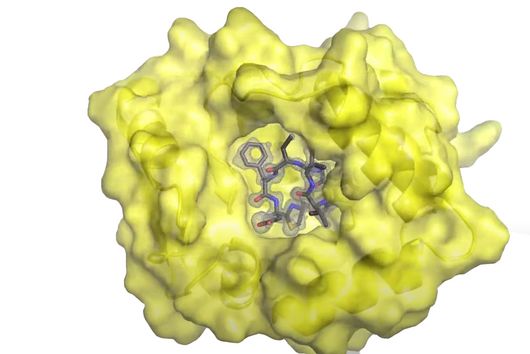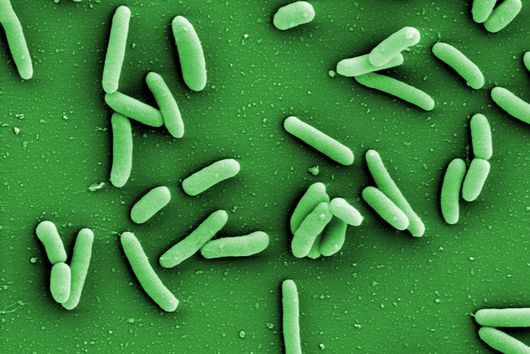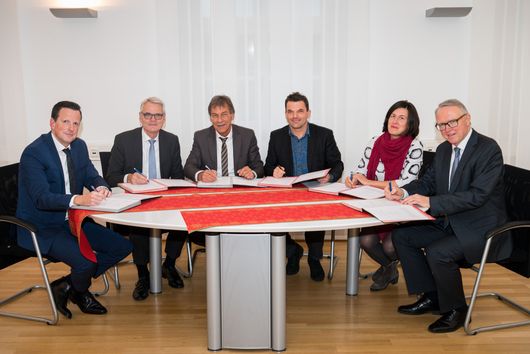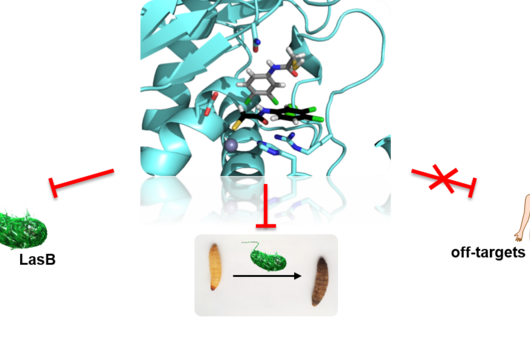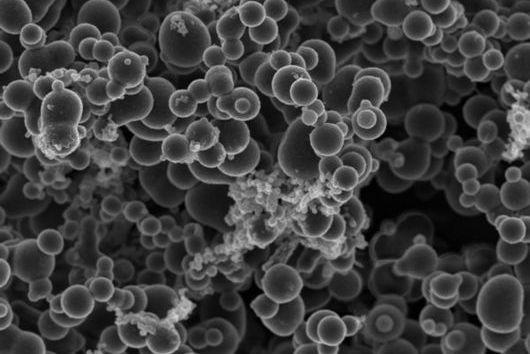Saarbrücken, 29 June 2020 - The Leibniz Institute for New Materials (INM), Saarland University (UdS) and the Helmholtz Institute for Pharmaceutical Research Saarland (HIPS) are launching the Leibniz Science Campus “Living Therapeutic Materials” on 1 July 2020. In a competitive process, the Leibniz Association approved a grant of 900,000 € for joint research into new materials for the personalised administration of biotherapeutics, based at the Saarland campus. In addition to the funding from the Leibniz Association, the INM, the HIPS and the UdS are also contributing around three million euros to the project from their own funds. Furthermore, the State Chancellery is also contributing an additional 400,000 €.
Saarland’s Prime Minister, Tobias Hans, who is also responsible for the Department of Higher Education, Science and Technology in the Saarland State Chancellery, extended his congratulations on the success of the initiative: “The Leibniz Science Campus combines the materials competence of the INM, the pharmaceutical expertise of the UdS and the HIPS and the medical expertise of the Saarland University Medical Center (UKS). This is another important step towards intensifying NanoBioMed, one of Saarland University’s three main research hubs, and its future-oriented development, following the signing of the Pharmaceutical Research Alliance between the same partners in November 2019, and is therefore a key component of our innovation strategy in Saarland. I congratulate the successful alliance partners, whose research contributes to transferring new knowledge into evidence-based clinical application.”
The aim of the alliance is to produce implants with bacteria that can release drugs in our body as required in a controlled manner. The bacteria are programmed and encapsulated in an implantable carrier material, which means they cannot penetrate into the human body and are permanently available as producers of biologically active compounds. The therapeutic use of these implants for the long-term and individualised delivery of biotherapeutics is particularly relevant in the treatment of chronic diseases.
The Leibniz Science Campus supports young scientists who work in the participating institutions and receive interdisciplinary training for four years. In addition to technological development and preclinical tests, other key areas of focus include the assessment of environmental risk and proof of safety for subsequent application.
Your contact persons at the INM:
Prof Dr Aránzazu del Campo
Spokesperson for the Leibniz Science Campus “Living Therapeutic Materials”
Scientific Director of the INM
Tel.: +49 (0)681-9300-501
aranzazu.delcampo(at)leibniz-inm.de
Dr Mario Quilitz
Coordinator of the Leibniz Science Campus “Living Therapeutic Materials” and
Scientific Assistant to the Board of Directors at the INM
Tel.: +49 (0)681-9300-311
mario.quilitz(at)leibniz-inm.de
About the INM
New materials are the driving force for new technologies. The INM combines the two worlds of multidisciplinary scientific research and material-oriented technology transfer under one roof. Chemistry, physics, biology, materials science and engineering all interact in close collaboration. An essential focus of the INM’s research work is the transfer of biological principles to the design of new materials, structures and surfaces. The INM is an institute of the Leibniz Association. It collaborates with numerous research organisations and technology companies worldwide.
About Saarland University
Saarland University is renowned internationally for its research in computer science and the nano- and life sciences. The university is also distinguished by its close ties to France and its strong European focus. There are few other medium sized universities in Germany that have been defined by their internationality as much as Saarland University. Many disciplines at Saarland University are closely linked in research and teaching. The scientists at the university also collaborate closely with researchers from nearby non-university research institutes, as well as universities around the world.
Leibniz Association and Leibniz Science Campus
The Leibniz Association connects 96 independent research institutions that range in focus from natural, engineering and environmental sciences to economics, spatial and social sciences and the humanities. Leibniz institutions collaborate intensively with universities – including in the form of Leibniz ScienceCampi – as well as with industry and other partners at home and abroad. The Leibniz institutes employ around 20,000 people, about half of whom are scientists. The total budget of the institutes is more than 1.9 billion euros.
Leibniz ScienceCampi promote cooperation on an equal footing between Leibniz institutions and universities in the form of regional partnerships. The objective is to create networks to drive the respective research field and to strengthen the scientific environment for the relevant topics. Leibniz ScienceCampi conduct strategic research, encourage interdisciplinarity in their topics, projects and methods, enhance the visibility of the respective location and hone its research profile.

